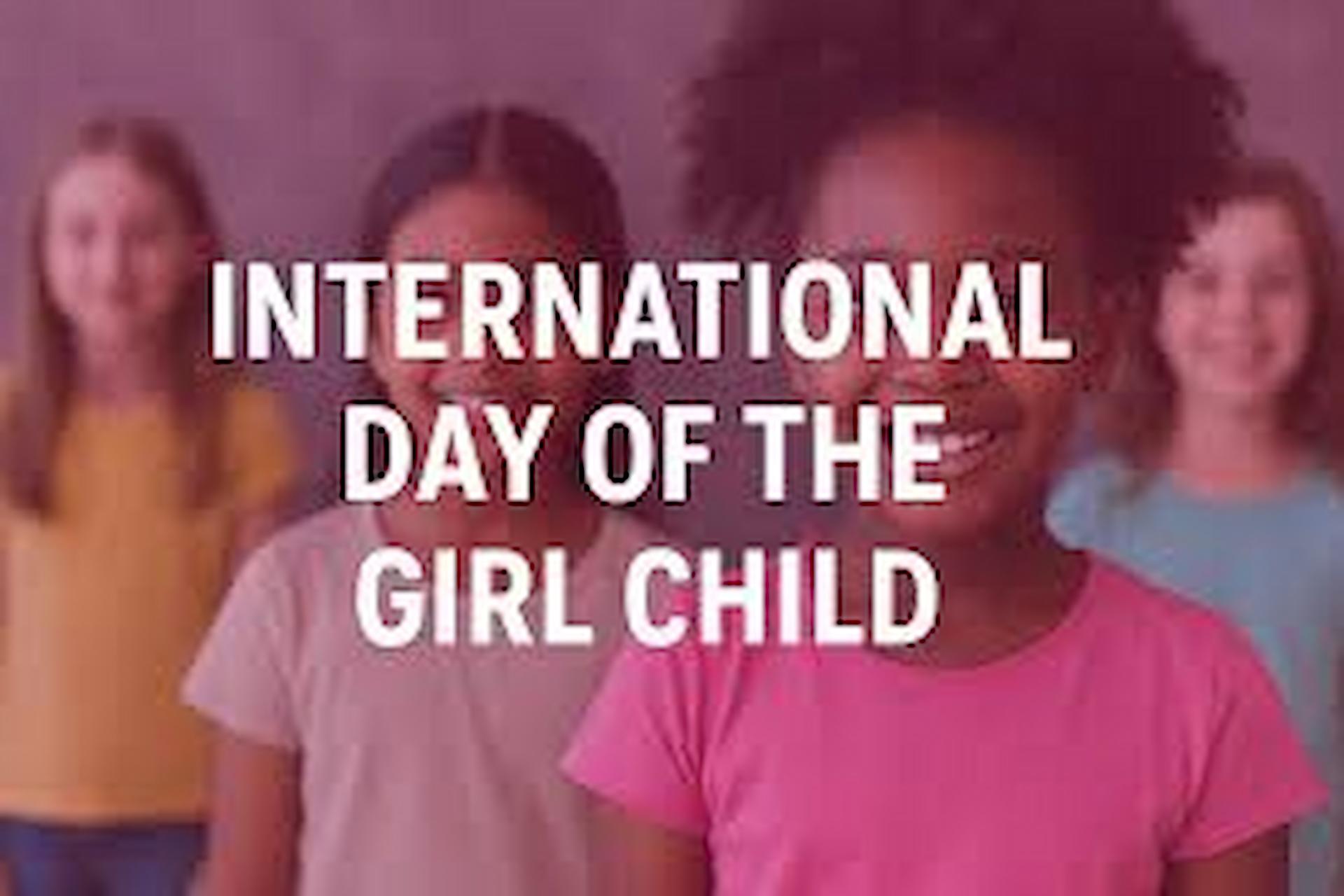
Introduction
The International Day of the Girl Child, celebrated annually on October 11, shines a spotlight on the challenges and opportunities facing girls across the globe. Established by the United Nations in 2012, this day advocates for gender equality, education access, healthcare, and protection from discrimination and violence. Celebrating young girls and empowering them is essential for building a more inclusive, equitable, and prosperous world. Here are 10 key ways this day makes a difference in the lives of girls worldwide.
1. Promoting Access to Quality Education
Education is the cornerstone of empowerment. On this day, initiatives highlight programs that ensure girls attend school, have access to digital learning tools, and receive scholarships. Educated girls are more likely to participate in the workforce, make informed life choices, and break cycles of poverty. For example, UNESCO reports that 130 million girls worldwide are out of school, making awareness and advocacy critical.
2. Advocating for Gender Equality
The day amplifies the importance of equal rights and opportunities. Campaigns encourage governments, organizations, and communities to eliminate gender bias, challenge stereotypes, and support policies that treat girls fairly. By fostering equality, girls gain confidence to pursue careers in STEM, leadership roles, and entrepreneurship.
3. Promoting Health and Well-being
Health awareness is a vital aspect of empowerment. The day encourages programs that provide access to healthcare, nutrition, and mental health support for girls. Initiatives also tackle challenges like early pregnancy, child marriage, and reproductive health education. Healthy girls are more likely to complete their education and contribute positively to society.
4. Combating Child Marriage and Gender-Based Violence
Child marriage remains a major barrier to empowerment. Observances on this day raise awareness about the dangers of early marriage and gender-based violence. Organizations like Girls Not Brides work to educate communities and implement protective policies, helping millions of girls live free, safe, and fulfilling lives.
5. Encouraging Leadership and Decision-Making Skills
Girls are encouraged to take leadership roles in schools, communities, and local governance. Leadership programs provide mentorship, training, and opportunities for girls to voice their opinions and influence decisions affecting their lives. Such skills foster independence, confidence, and long-term success.
6. Supporting Digital Literacy and Technology Access
Digital literacy is essential in the 21st century. Campaigns on this day promote tech education, coding workshops, and access to online resources. Girls who gain technology skills can pursue careers in STEM fields, bridge digital divides, and innovate for social change.
7. Advocating for Economic Empowerment
Financial literacy and entrepreneurship programs help girls understand money management, start small businesses, and contribute to household income. Economic independence strengthens self-esteem and reduces vulnerability to exploitation. Global organizations like Plan International implement vocational training and microfinance opportunities for young girls.
8. Raising Awareness on Rights and Legal Protections
The day educates girls about their legal rights, including education, health, and protection against violence. Awareness campaigns empower girls to report violations, participate in advocacy, and demand accountability from institutions and authorities.
9. Celebrating Achievements and Role Models
Highlighting stories of successful young girls motivates others to pursue their dreams. Celebrations include awards, media features, and storytelling initiatives, showcasing girls excelling in academics, sports, science, and social activism. Role models inspire confidence and broaden horizons.
10. Fostering Global Solidarity and Community Action
International Day of the Girl Child unites governments, NGOs, and communities worldwide. Collaborative efforts ensure girls’ voices are heard, policies are enforced, and sustainable programs are implemented. Solidarity strengthens global advocacy for gender equality and empowers girls to reach their full potential.
FAQs
Q1: When is the International Day of the Girl Child celebrated?
A1: It is celebrated every year on October 11.
Q2: Who established this day?
A2: The United Nations officially established it in 2012.
Q3: What is the main goal of this day?
A3: The goal is to highlight challenges facing girls, promote gender equality, and empower girls through education, health, and leadership opportunities.
Q4: How can individuals participate?
A4: People can participate by raising awareness, supporting NGOs, promoting girls’ education, and sharing success stories of girls globally.
Q5: Why is girls’ empowerment important?
A5: Empowered girls contribute to economic growth, social development, and community well-being, creating a more equitable and prosperous world.
Conclusion
The International Day of the Girl Child is more than a celebration—it is a global movement toward equality, education, and empowerment. By promoting access to education, health, leadership opportunities, and legal protections, this day drives meaningful change for girls worldwide. Supporting these initiatives ensures a brighter, more inclusive future where every girl can thrive.

